Scientific name Rosa rubiginosa Rank Species | Genus Rosa Higher classification Rose | |
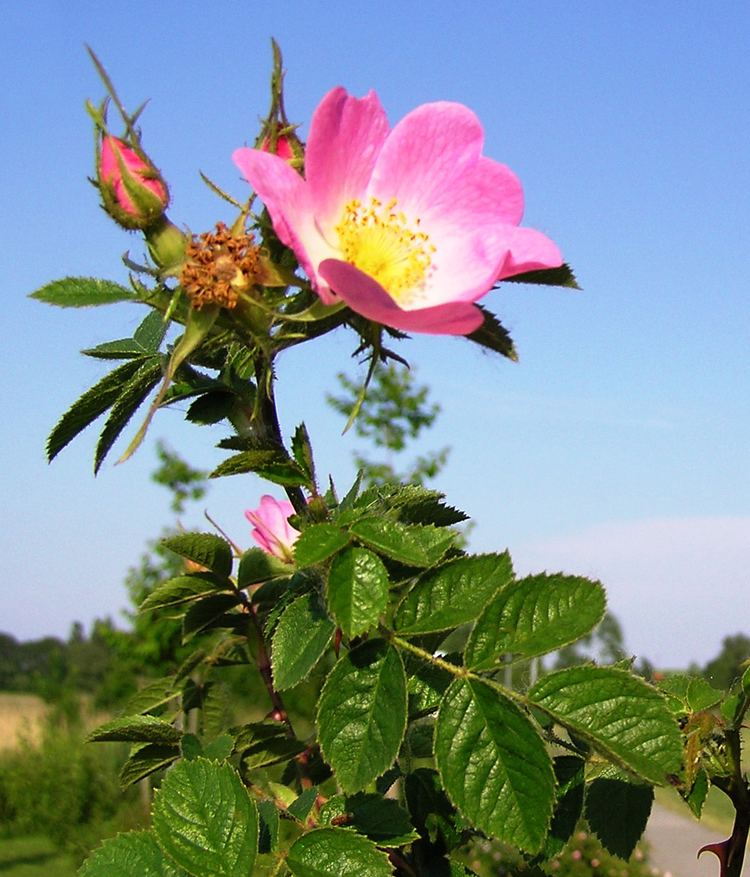 | ||
Similar | ||
Yellow rose flower plant rosa rubiginosa beautiful flower
Rosa rubiginosa (sweet briar, sweetbriar rose, sweet brier or eglantine; syn. R. eglanteria) is a species of rose native to Europe and western Asia.
Contents
- Yellow rose flower plant rosa rubiginosa beautiful flower
- Rose plant rosa rubiginosa beautiful flower
- Etymology
- Cultivation and uses
- Invasive species
- References
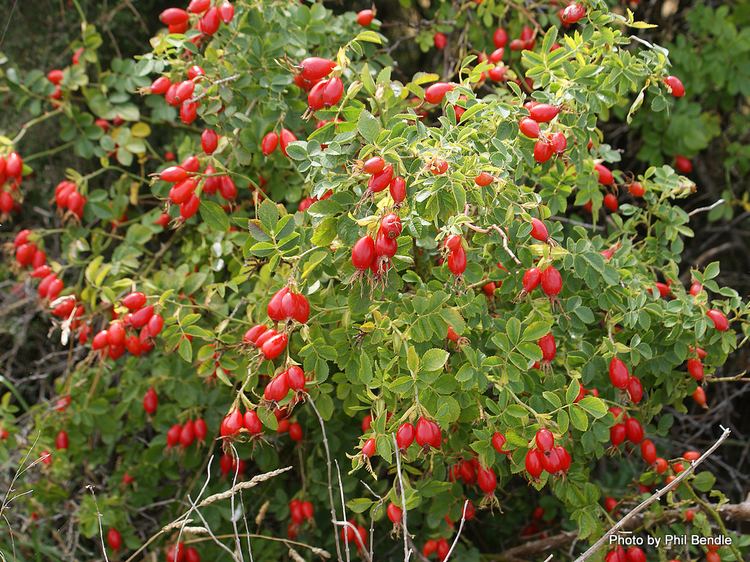
It is a dense deciduous shrub 2–3 m high and across, with the stems bearing numerous hooked prickles. The foliage has a strong apple-like fragrance. The leaves are pinnate, 5–9 cm long, with 5–9 rounded to oval leaflets with a serrated margin, and numerous glandular hairs. The flowers are 1.8–3 cm diameter, the five petals being pink with a white base, and the numerous stamens yellow; the flowers are produced in clusters of 2–7 together, from late spring to mid summer. The fruit is a globose to oblong red hip 1–2 cm diameter.
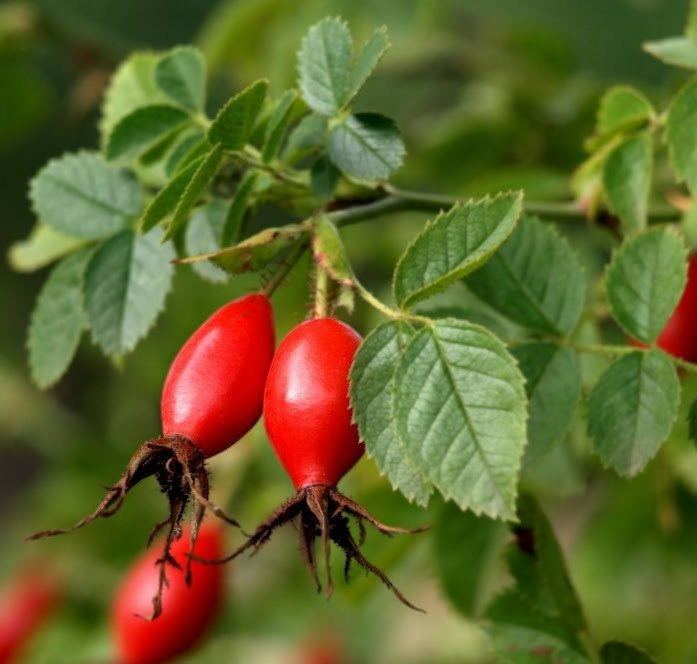
Rose plant rosa rubiginosa beautiful flower
Etymology
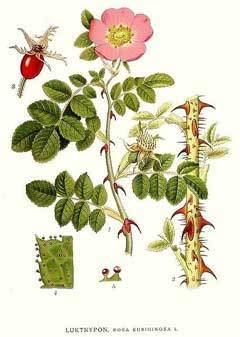
The name eglantine is from Middle English eglentyn, from Old French aiglantin (adj.), from aiglent 'sweetbrier', from Vulgar Latin *aculentus (with the ending of spinulentus 'thorny, prickly'), from Latin aculeus 'prickle', from acus 'needle'. Sweet refers to the sweet, apple fragrance of the leaves, while briar ~ brier refers to it being a thorny bush.
Cultivation and uses

In addition to its pink flowers, it is valued for its scent, and the hips that form after the flowers and persist well into the winter. Graham Thomas recommends that it should be planted on the south or west side of the garden so that the fragrance will be brought into the garden on warm, moist winds.
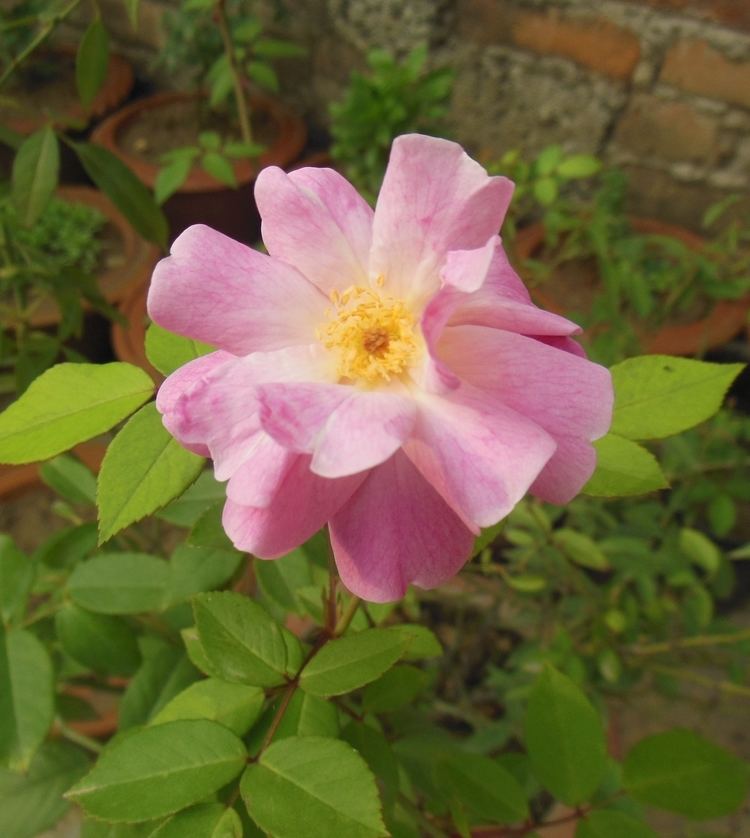
The tea made from the hips of this rose is very popular in Europe and elsewhere, where it is considered a healthy way for people to get their daily dose of vitamin C and other nutrients. A cup of rose hip tea will provide the minimum daily adult requirement of vitamin C. During World War II the British relied on rose hips and hops as the sources for their vitamins A and C. It was a common British wartime expression to say that: "We are getting by on our hips and hops."
In Tunisia, natural flower water is produced from its flowers.

In Chile, Spain and Argentina, where it is known as "Rosa Mosqueta", it can be found in the wild around the Andes range and is also cultivated to produce marmalades and cosmetic products.
